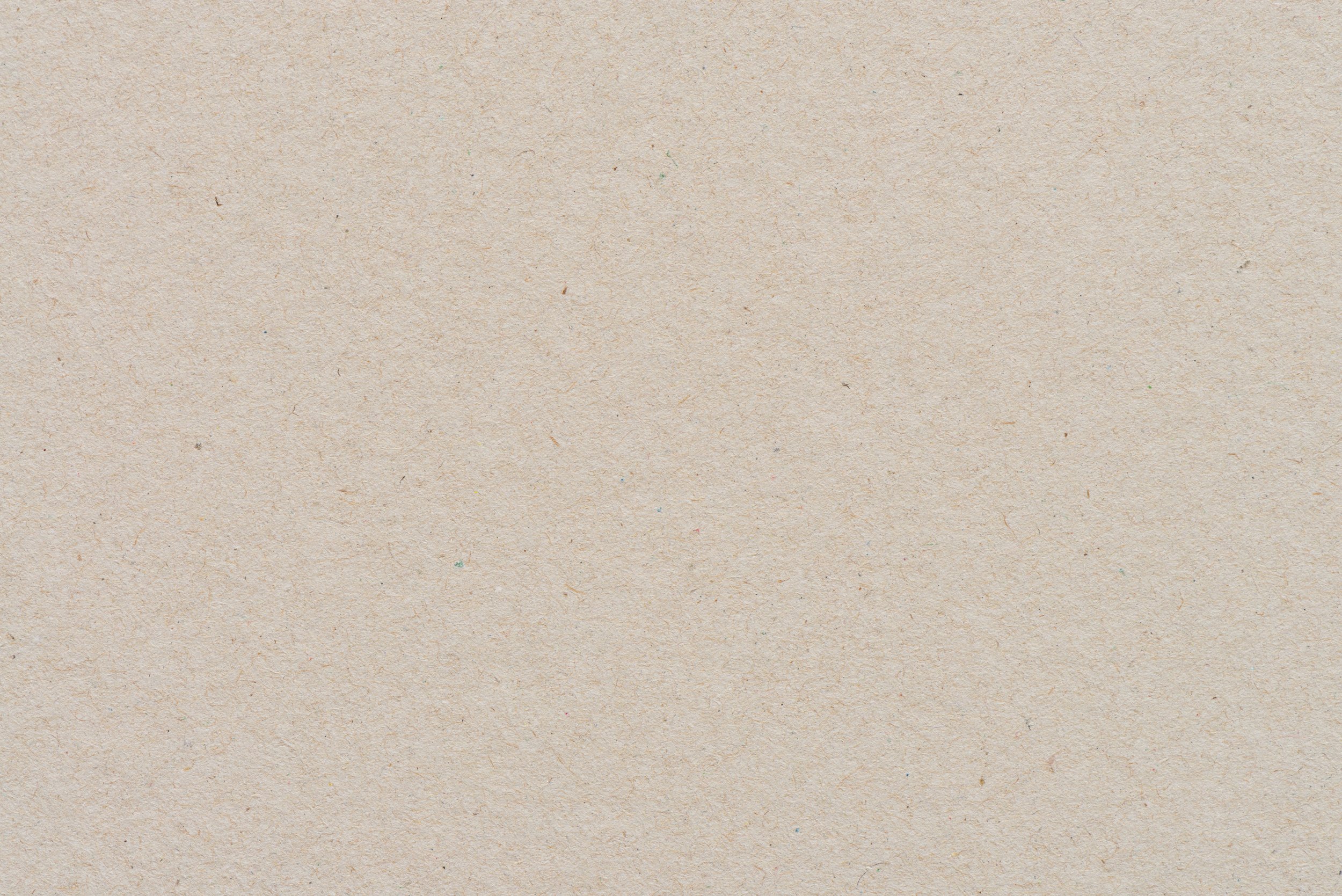
Parts of a Bird
LESSON 2
Children explore the parts of a bird and create their own bird using watercolor paper and paints.
A felt diagram or puzzle showing different parts of a bird
A bag to fit the pieces of the diagram or puzzle
Bird template, printed on cardstock or watercolor paper
A stick for each child (it can be from outside or a popsicle stick)
String
Glue
Watercolor paints
The book, “Nature Anatomy” by Julia Rothman. (optional)
Materials
Gather materials.
Print and cut out bird template.
Preparations
Promote curiosity and interest in birds
Engage children in learning by asking thoughtful questions and providing opportunities for children to make observations
Support new vocabulary as children learn the names for the parts of a bird
Model the art activity and how to use each material.
Objectives for Teachers
Children thoughtfully reflect and construct ideas about the birds they have observed in nature.
Children observe and learn about the different parts of birds.
Children practice new knowledge as they construct their own bird.
Children express creativity as they paint and craft their bird puppet.
Objectives for Children

Collect and Connect
Practice singing the song, “Little Bird on My Window” with the actions you came up with.
Little Bird on My Window
Little bird on my window,
Won’t you sing me a song?
As you fly over meadows,
Won’t you bring me along?
There are beautiful flowers,
To be seen from up high,
Won’t you please take me with you,
Little bird as you fly.
Little bird on my window,
May your song never end,
I will tell you a secret,
You're my very best friend.

Activity Flow
Begin by reflecting on the previous lesson where you looked for birds. Initiate a discussion to spark their memory, here are some questions you might ask:
Tell me about your favorite bird you saw on our nature walk. What did it look like?
Did it make any sounds?
Where did you see birds?
What were they doing?
2. After your discussion, ask your child if all birds are the same. Take a few minutes to browse through the story “How to Find a Bird” from Lesson 1 and look at the birds. Make observations about the differences and similarities of birds together.
3. Introduce the activity by letting your child know they'll be exploring the similarities of birds. Use a felt diagram or puzzle of a bird, place pieces in a bag, and have your child pick one. Ask if they know the part, and if not, refer to the book "Nature Anatomy," or an online diagram to share the name. Repeat until the whole bird is assembled.
4. After the activity, initiate a discussion about the parts of a bird. Ask questions like:
Why do you think a bird has a tail?
Why do you think the top of the bird's head is called a crown?
Help children understand that even though birds can be different colors, shapes, and sizes, the parts of birds are the same.
Bird Puppet:
1. Provide your child with the cut-out pieces of the bird template.
2. Encourage children to use watercolor paint, markers, or crayons to color their bird. Prompt them to think about the birds they've read about or observed recently. It might be helpful to look at pictures of birds from the stories previously read.
3. Guide the children in assembling the bird parts together using glue.
4. Attach one end of the string to the stick and the other to the bird body. Invite children to assist in tying the string.
5. Once the art project is completed, encourage your child to fly it around the house and share what they have learned about birds with loved ones.



